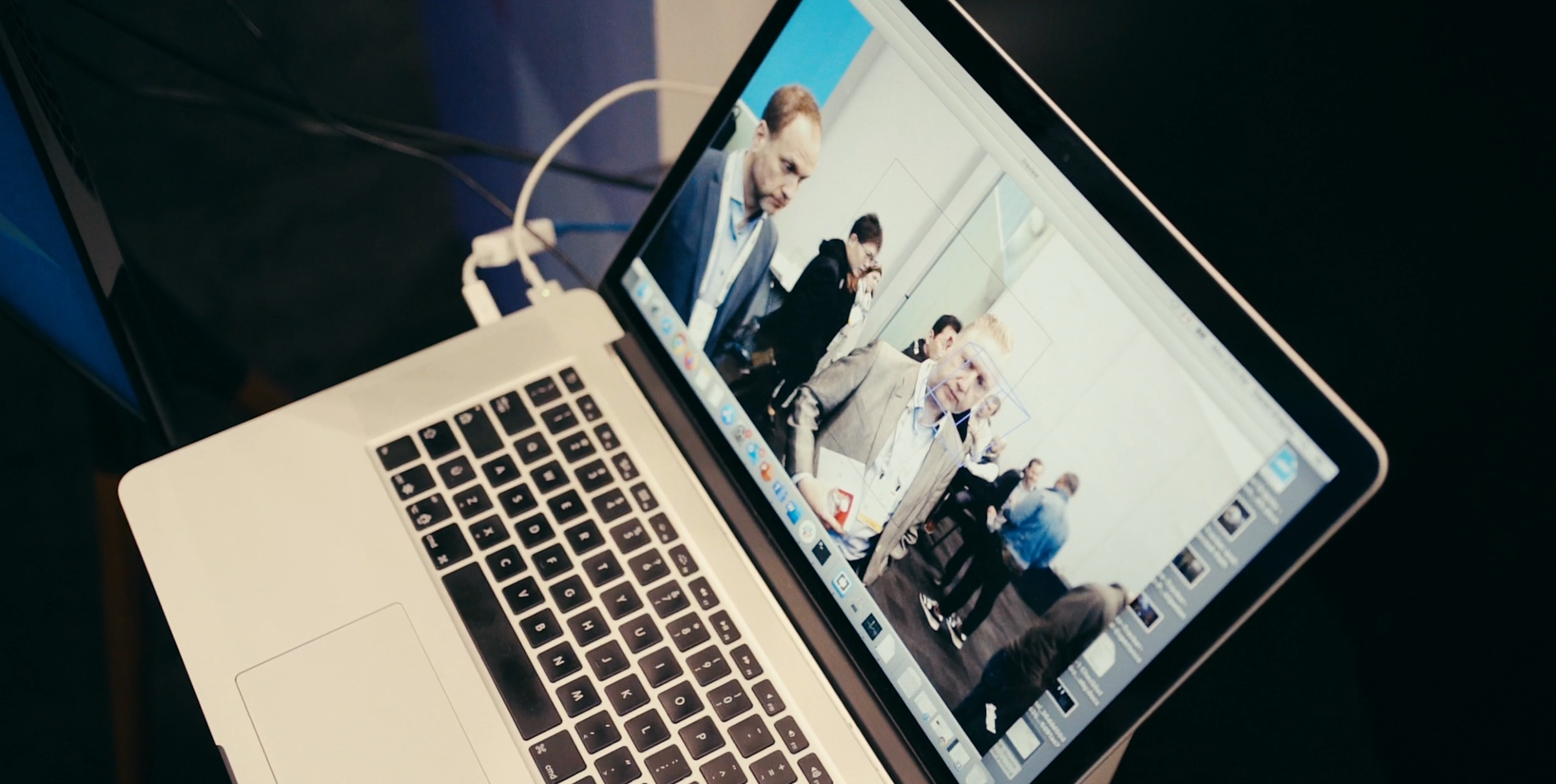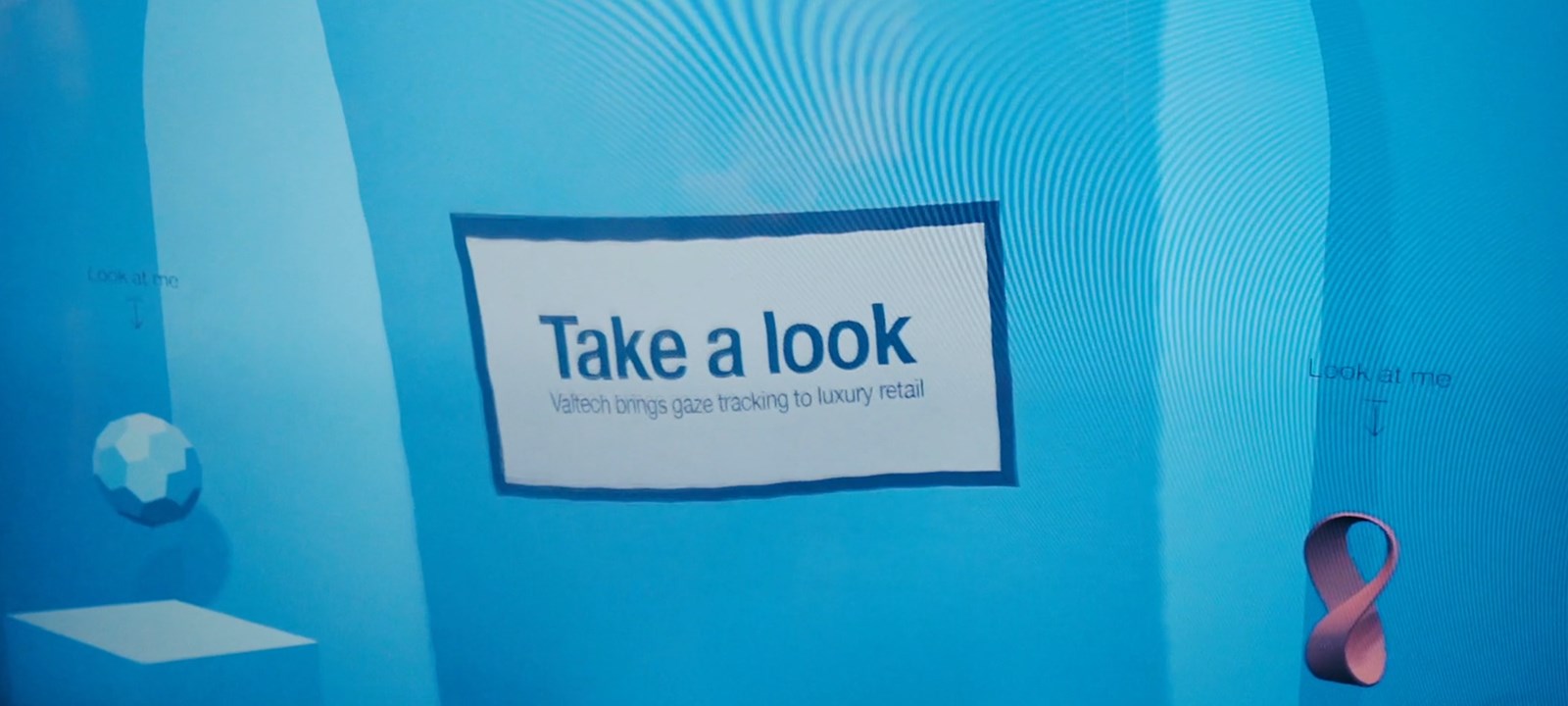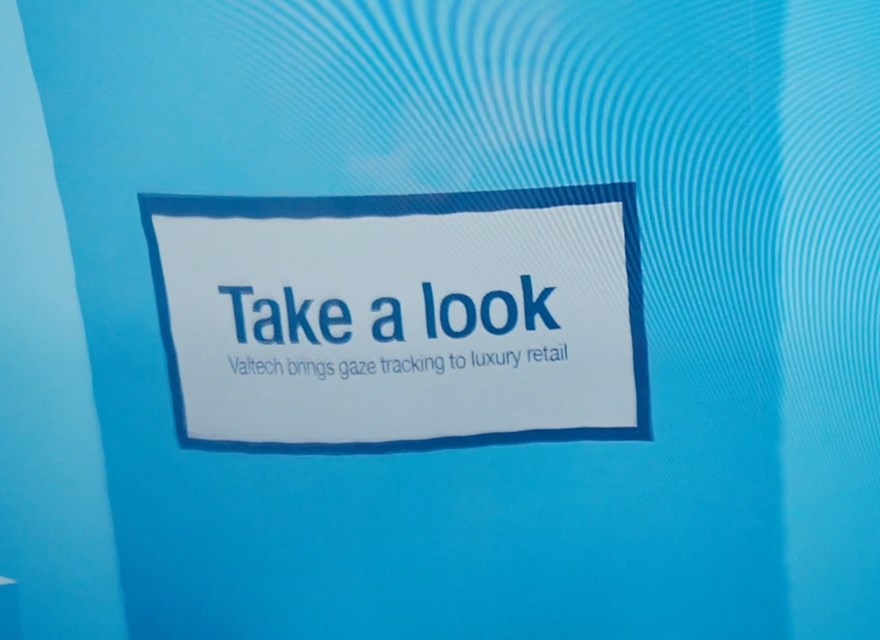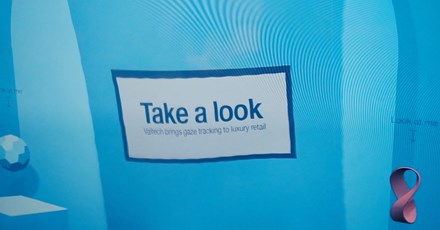janeiro 22, 2020
As customer experience continues to demand more from the retail industry, retailers are looking for ways to better combine online and offline journeys to deliver omni-channel, personalised experiences that feel frictionless and non-invasive. For the last couple years, we've been working on facial recognition technology that has the potential to open up a wide spectrum of possibilities for the connected experiences generation. Last week we took VOID to NRF in New York to see what our take on Computer Vision could mean for the retailers of tomorrow.
VOID, or Visual Object Identification Demonstrator is a simple concept that enables real-time data generation and analysis that can tie together with transaction data at the point of sale and generate a super-rich data set from which to derive insights and test hypotheses, all with the eventual goal of improving business outcomes.
In its simplest form, VOID can recognise facial expressions, gender, age and physical clothing as well as being able to track head movements, thus providing data on the viewing behaviour of customers. Essentially, the programme enables us to identify where they are looking / what they are looking at, and how long they are looking for.
Couple that location data with an indicator of how happy / unhappy a person is and to what demographic they belong to, and suddenly retailers have a huge amount of incredibly insightful data at their fingertips.
From making decisions on advert placement, real-time personalised promotions or store layouts, to assessing customer service standards or regional purchasing behaviour; these are insights retailers can’t afford to ignore in the age of the connected experience.
At NRF we looked at the theory of tracking head movements to change product selections.
The demo camera captures the livestream of the person looking at the screen in front of them. The algorithm analyses the images, detects the face and establishes whether the individual is looking to their left or to their right. Based on that real-time output, the programme customises the pattern on the virtual fabric; the design changing on every turn of the head. Even with the most simple of set ups (a single camera and a laptop), we were able to see good results.
Note: In situ situations would require two cameras for depth perception as well as a third at the point of sale to capture transactional data as well as customer data (attire, facial metadata like head orientation and emotion). And whilst the set up might look basic, it sits on top of many months of working with heavy duty machine learning models working off live video in our London office. This is deep learning at its core.
Many retailers are already looking at the application of Computer Vision to drive better, more actionable consumer insights. One of the most compelling points about CV is that it’s based on a simple idea with the propensity for much more complex applications.
Imagine the ability for consumers to interact with the products on the shelves in ways that offer additional product information, customer reviews or usage instructions? Further still, imagine totally personalised products; if retailers have the real-time data at their disposal, they can begin to predict demographic behaviours and respond accordingly. Do people turn left or right when they enter my store, do they look happier when they came in than when they went out?! Did they purchase or not?

For us, VOID wasn’t about building a product to sell; as a services company it’s about understanding how innovations like these can help us to transform our clients’ businesses. Having technology like this that we can customise to client needs means that not only can we support them in collecting the data points, but also in the analysis of it and that application of those insights into action points.
And whilst the most obvious applications might be retail focused, there is also a huge amount to be gained by public sector organisations, manufacturers and healthcare companies. From marketing and advertising – just think what could be possible with the billboards on our road systems – to detecting violence on our streets.
Whatever the applications of VOID, or CV more generally, the main pressure that companies will face in introducing these technologies to the mainstream will be in how to make sure they are delivering on customer expectations in a sensitive and considered way. Consumers respond well to change if it delivers them immediate value, but with privacy concerns and the ever increasing sense of ‘being watched’ by media giants, retailers in particular will need to work closely with their customers to build trust first.








